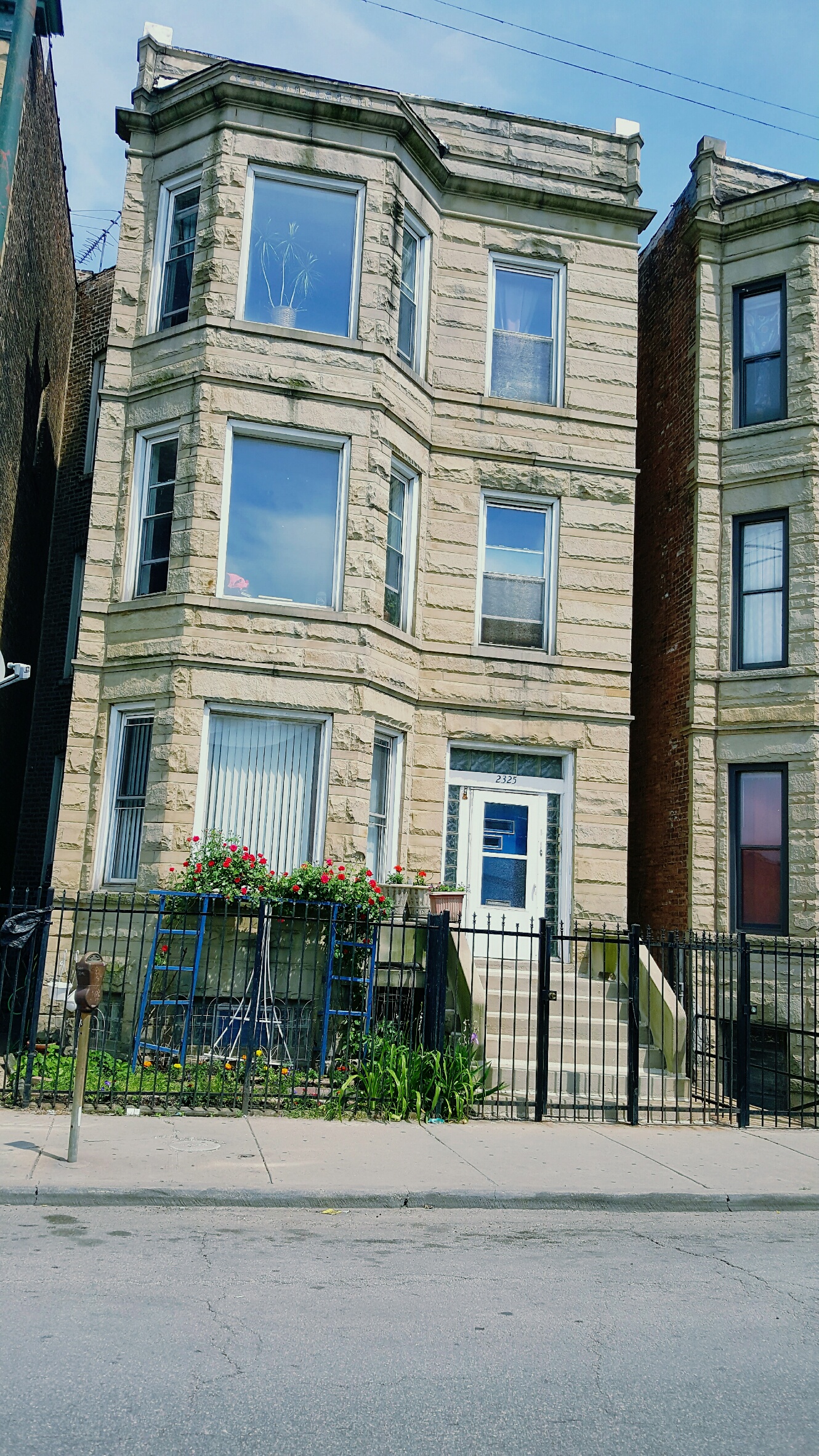By Fiona Rose-Greenland/The Conversation
For excavators – archaeologists, but also looters like the Islamic State, or ISIS – the opportunity for discovery in modern Iraq and Syria is dazzling.
The countries lie within the Fertile Crescent, a broad swath of land stretching from the eastern Mediterranean to the Zagros Mountains and the Persian Gulf that gave rise to some of the earliest complex societies.
The human settlement record begins around 9000 B.C., which means, among other things, that the soil is rich with artifacts. Syria alone has 4,500 surveyed and published archaeological sites, and scholars estimate that there are many more.
Everyone seems to agree that ISIS is digging up and selling archaeological artifacts to make money. But no one seems to agree on how much money it’s actually making from its illegal antiquities trade: amounts have ranged from $4 million to $7 billion.
Despite a number of challenges, my University of Chicago research team – known as MANTIS (Modeling the Antiquities Trade in Iraq and Syria) – has worked to outline the framework of ISIS’s antiquities trade as well as accurately estimate how much cash ISIS and other insurgent groups are making from the endeavor.
Read More
Posted on June 2, 2016



 (
(